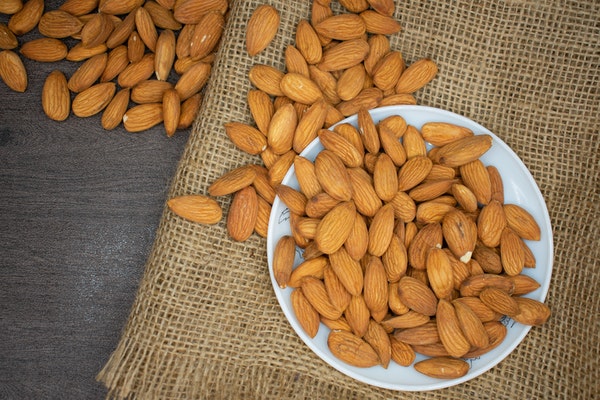We all want to do the right thing for our body in food and drink. That is so much better when we can shop and eat sustainably. But, sometimes, things are not as easy as said.
Almond milk is one of the best alternatives to dairy milk for vegans and lactose-intolerant coffee drinkers have surged in recent years. Due to that reason, it leads to the more popular with the American public than other non-dairy milk.
Many people tend to jump into the latest eco-trends and unquestioningly accept reassuring labeling such as using almond milk as a vegan drink. But that can lead to unintended consequences.
By way of inspiration, here are the ways you might get it wrong on ingredients, storage and recycling – and a few surprisingly easy solutions.
Almonds – Nutrients for Better Health
Almonds are in the list of the most consumed food varieties in the United States. And, we all know almonds are a healthy snack and a great dessert ingredient. Nutritionally speaking, most nuts and seeds generally contain many of the nutrients. They’re rich in protein, vitamins, minerals, healthy fats, and fiber. Particularly, almonds are high in B vitamins, vitamin E, manganese, copper, phosphorus, magnesium, molybdenum, fiber, monounsaturated fats, and protein.

What Almond Milk Actually is?
If just make almond milk by making almonds into pulp and then straining out of the actual liquid almond milk, the results are no one really wants to eat. This is an excessive waste of spent almond pulp.
So the almond milk on the market that is allegedly typically only 2% almond. “You can’t get milk from an almond. You have to add a lot of other ingredients to make it look like milk.” Chris Galen, a spokesman for the National Milk Producers Federation.
How Almond Milk Production Impact the Environment?
Many people take almond milk since they think it has a smaller carbon footprint when compared with dairy milk in mind. But according to the Mic Network, “Almond milk, the ever-popular soy-free, dairy-free, vegan-friendly milk substitute now found everywhere from hip restaurants to coffee shops, is ruining the world.”
This might surprise you is that almond milk takes damage to the environment in ways not as we expected. The main problems are water use and pesticide use associated with almond milk production. It may create long-lasting effects on the environment such as drought-stricken in where more than 80% of the world’s almonds are grown.
Major Causes of Drought in California
According to the Almond Board of California, California produces virtually 100% of the almonds grown in the United States. When we think of California, it is suffering a statewide drought. Water conservation is essential during a drought, but growing almonds and producing almond milk isn’t helping the dry circumstances.
Almond plantations are damaging the environment in California and the water cost. It takes a bonkers 1,611 US gallons (6,098 liters) to produce 1 liter of almond milk.
High Carbon Footprint
Just because you’re not in California, it doesn’t mean you’re not feeling the effects of the drought. Water scarcity has a huge impact on food production, fruits and vegetables can’t grow as plentifully and therefore prices rise on California-grown produce. Transporting or importing vegetables from other regions over long distances by road, air to California that leads to an increase the carbon emissions. That makes vegetables become high Carbon footprint products. If you’re going to keep chugging almond milk by the gallon, you should rethink your decision.
Biodiversity Losses
Over 80% of the world’s almonds are grown in California. Farmers are ripping up relatively biodiverse citrus groves to feed rocketing demand for almonds. This creates a monoculture which is warned by scientists that it will reduce biodiversity, disrupting ecosystem balance. Almond plantations are fed by increasingly deep water wells that threaten statewide subsidence issues. That leaves extreme consequences in the long term. So the solution of the dairy alternatives, oat milk is the most sustainable option for you, according to Hemingway.
Summary
If you’re trying to ditch cows’ milk in favor of non-dairy alternatives, you’re much better off making your own almond milk – rather than paying for a product that’s mostly water and depleted of almond nutrients. Additionally, you are also recommended that oat milk might the most sustainable option of dairy alternatives.
